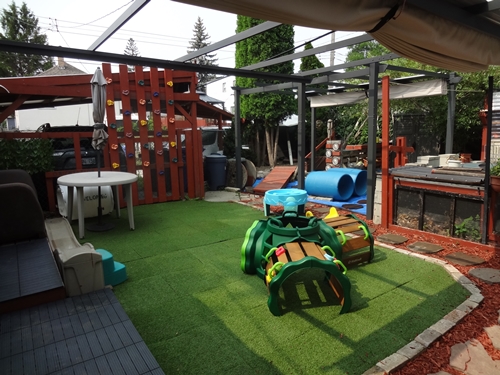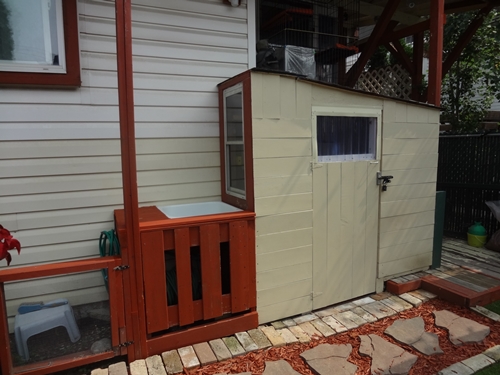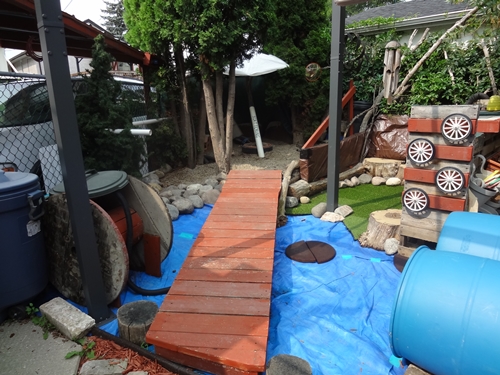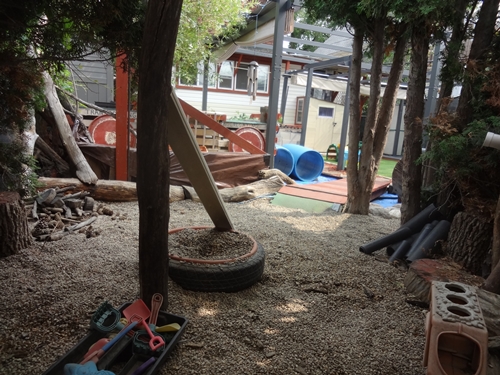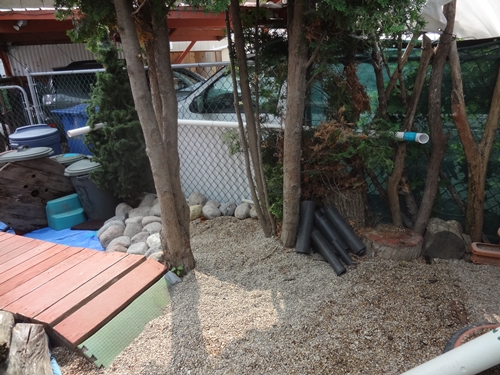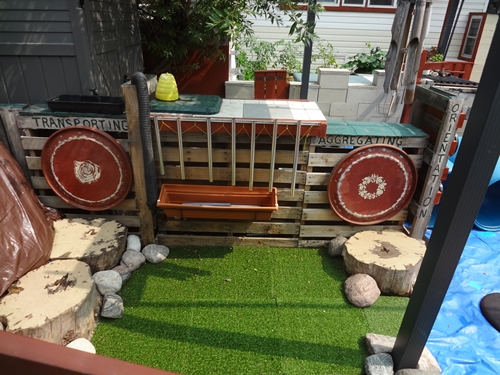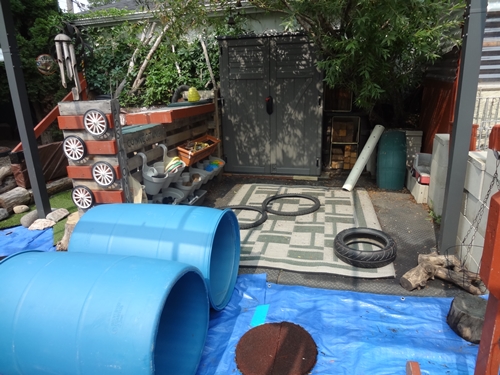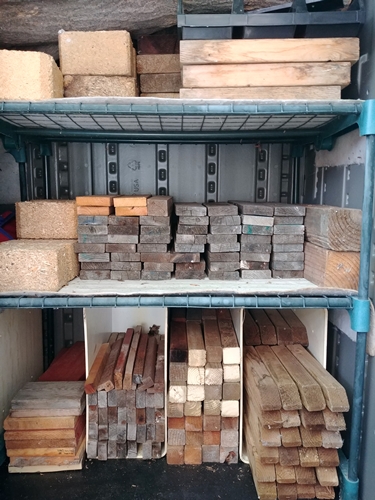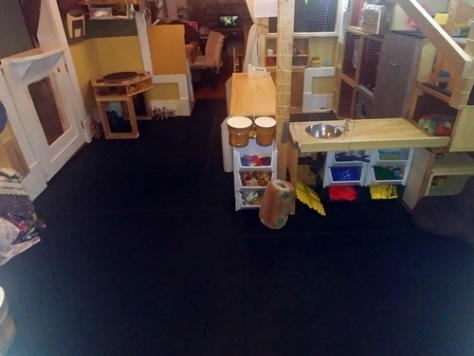If I had to choose the one thing that bothered me the most about being a funded, licensed family childcare provider it would be the difference in daily childcare fees for infants vs preschoolers. As a trained ECE II those rates, set by the province, are $30/day for infants (under two years old) and $20.80/day for preschool children (aged 2-5 including those in Kindergarten).
These rates are the same for me as they are in funded centres and I understand the reasoning for the different rates in centres due to the different staff to child ratios for infant rooms (1 to 4) and preschool rooms (1 to 8). However, in family childcare I can have a maximum of five children under six years old of which no more than three can be under two years old.
That means I could have three infants and two preschoolers, or five preschoolers and no infants, or any of the combinations in between. It also means my income from daily fees could be as much as $131.60 per day or as little as $104 per day. That min/max difference in daily fees results in a difference of nearly $600/month without any difference in the number of children I enroll or the hours/amount of work I do. I wrote about this 10 years ago – it is not a new problem – but it is still a problem,
If your employer asked you if you would prefer to be paid $2100 or $2700 for the same number of hours work, what would you say? Silly question. Yet, in order for me to keep my income at its maximum, I could not keep all the infants I enroll. If both of my preschoolers are two years old, they may stay in my preschool spaces for up to four years meaning, in that period, my infants would have no preschool spaces to move into if I was to keep only infants in my infant spaces.
Now, multiply my three infant spaces by the four years it could take for my preschoolers to vacate their spaces and that means I may have to dismiss twelve families for no reason other than that their child had a birthday. Those families that may have waited nearly two years from conception until I had a space for their one year old, would now need to start their childcare search again. Some providers even state in their policies that childcare may be terminated when an infant turns two if a preschool space is not available.
I don’t do that – I choose to provide continuity of care because it benefits the child but that decision means I take a pay cut in order to provide what is considered a ‘best practice’. Luckily, not all the infants I enroll stay until they start school but I have gone as long as three years with the same group of children – all over the age of two – at a significant loss of income but some truly amazing long term relationships for all of us.
Still, I question why it has to be this way – especially now that parents pay $10/per day for either infants or preschoolers in any funded childcare facility – centre or home, trained or untrained – flat rate for parents. I used to get confused looks from parents when I told them they owed me less for childcare when their child turned two. Now they don’t even realize I took a pay cut in order to continue providing childcare for them – notably when my expenses for said care are increasing along with the child’s age.
Yes, the Province has been providing a parent fee top-up grant to funded facilities to offset the reduced rate for parents but to date this has been yet another administrative nightmare. I don’t want to rant about that right now but it has made me think that this is actually the perfect way to rectify the inconsistent income for family childcare providers.
If, in family childcare, the top-up grant for both infants and preschoolers was the same amount along with the consistent $10/day rate for parents then it would make budgeting so much easier. Having the same income for all children under six years would eliminate the income fluctuation and provide more stability for providers – a factor which may aid in the retention of family childcare providers.
The $10/day parent fee eliminates the difference between infant and preschool rates for parents. The operating grant rates are different for centres vs homes apparently due to variances in operating expenses. I believe a different rate for the FCC parent fee top-up grant could be possible too since, unlike centres, FCC staff to child ratio is not dependent on our enrollment of infants vs preschoolers.
Alternatively, our parent fee top-up grant could simply be based on the number of infants/preschoolers we are licensed for regardless of the age of the children we currently have enrolled in those spaces (providing they were not vacant spaces). That way our daily fee rate does not have to be different than centre rates but our income would also not fluctuate when our work load does not.
The Early Learning and Childcare Best Practices Manual for Family Childcare acknowledges that it is a benefit for the child to stay in the same setting with the same provider. Why then, do they set rates that discourage, even punish us, for choosing to build these relationships?


